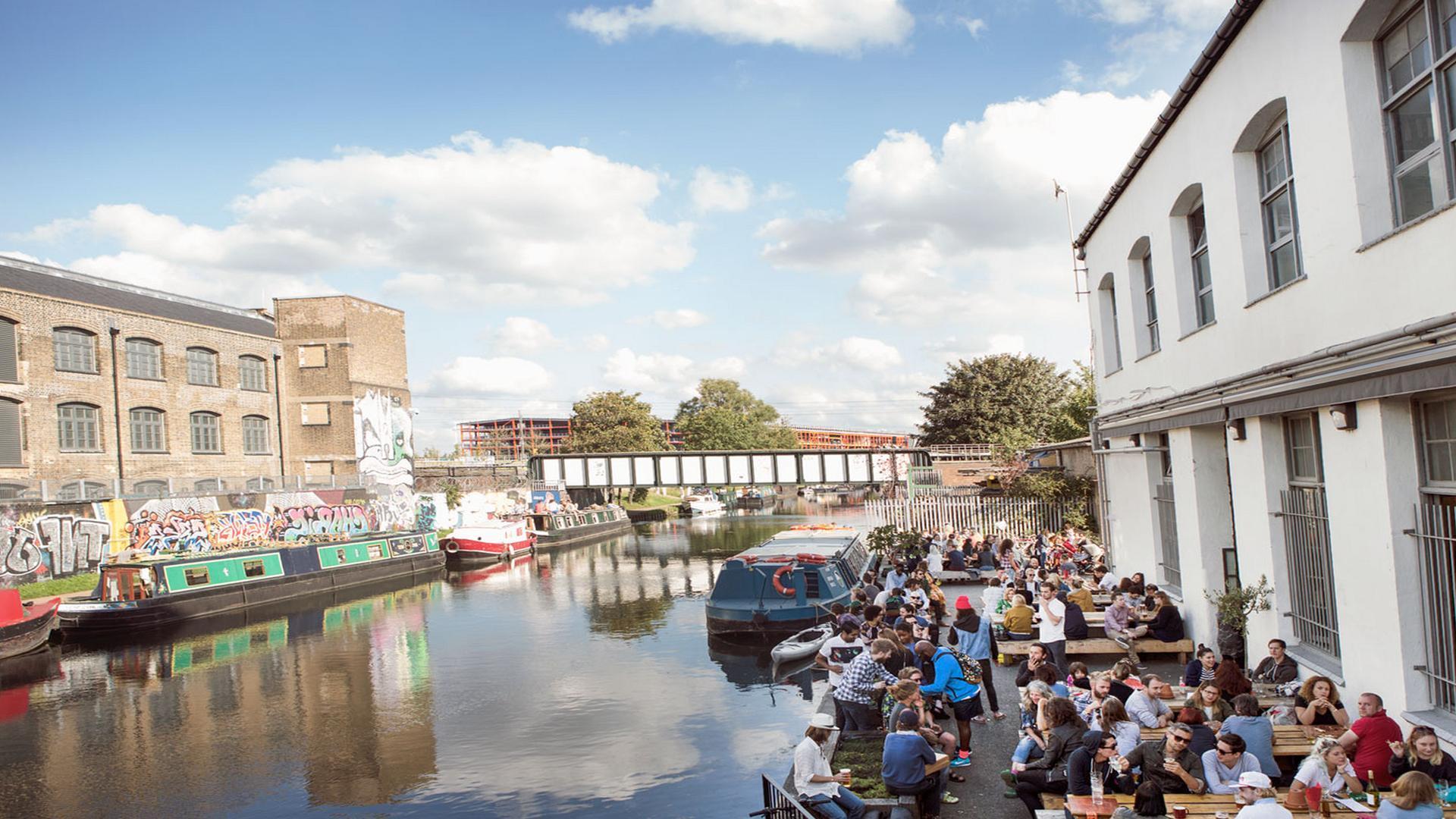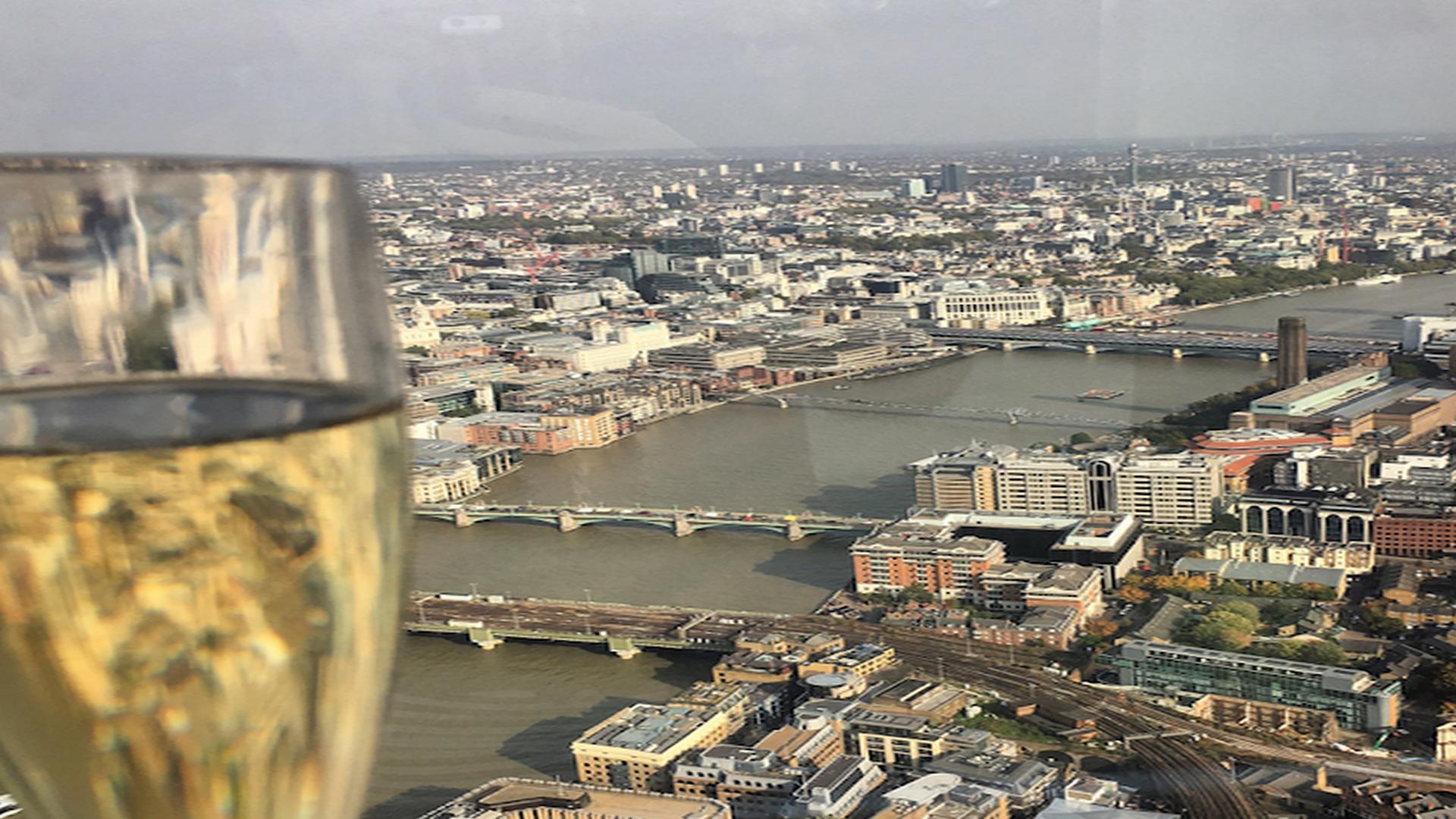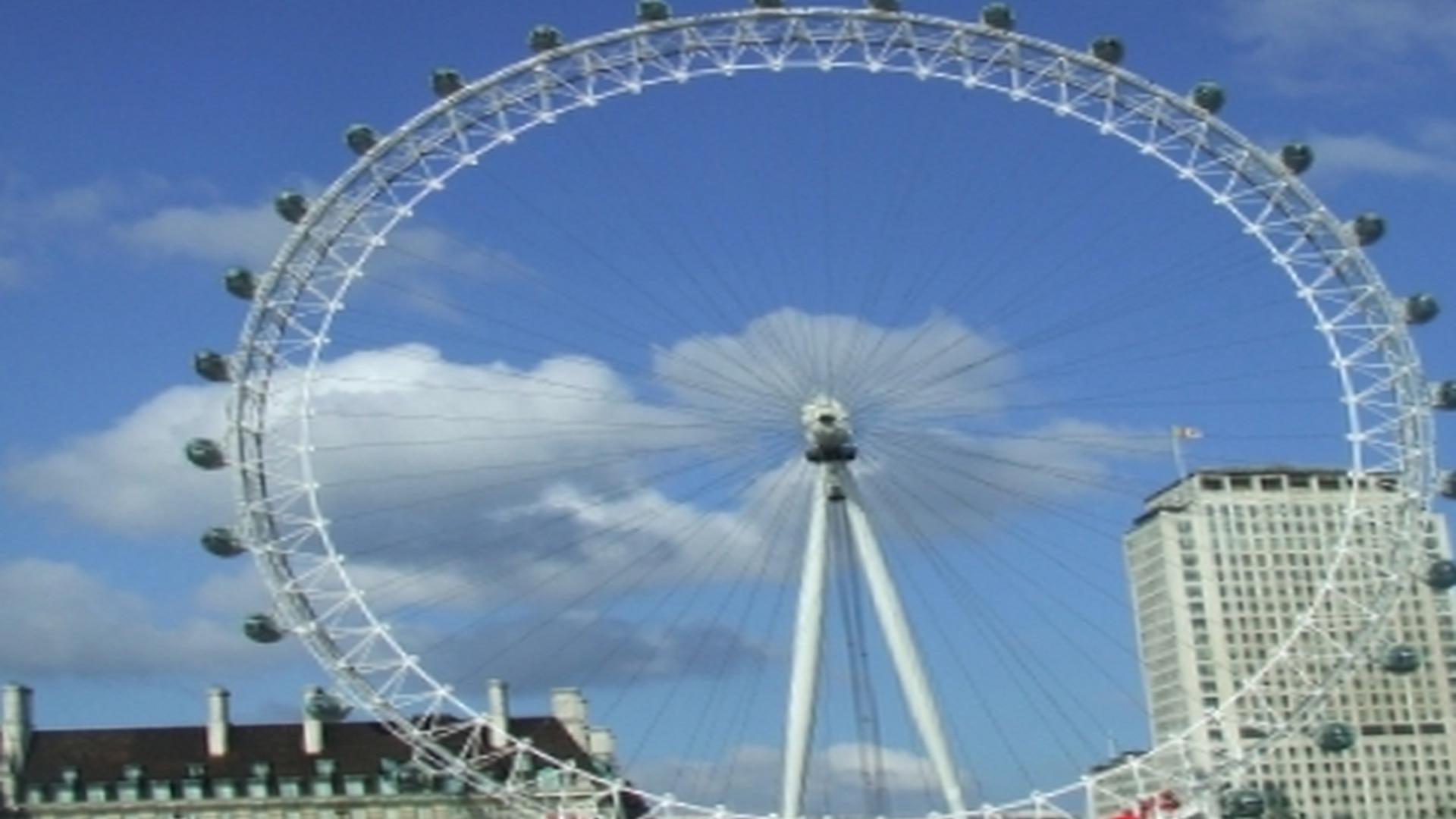The East London Guide
/the-east-london-guide
E Postal District
A Hackney Central postal area was created in 1857 before the establishment of the London postal district in 1866. In 1880 the General Post Office established another postal district in the area, and placed its office in Stoke Newington Church Street. In 1887 the telephone exchange name London Hackney was introduced. The eastern section north of Hackney Wick is sometimes known as Dalston. The Borough is a district in Southeast London. To the east lies the River Thames, to the north lies Hackney and to the west lie Tower Hamlets and Newham.
There is a mixture of high density housing estates and council properties, but recently more buildings with offices have been built, This Week In London (thisismargate.co.uk). The majority – over 70% – of Leamouth residents live in social housing. The East End is characterised by its relatively low-rise streets and predominantly public housing, interspersed with areas of more dense development. It is also home to the City Airport and the hub of the national rail network London Bridge station.
Economy
Other crossings are the Thames Barrier, which separates the North Sea and River, this being an estuarine river that goes frequently from one to the other (and is subject to tides), and the Woolwich Ferry, a cable ferry. East London is connected to south Essex by three road tunnels: the Blackwall Tunnel, running south under the River Thames between Blackwall and Greenwich; the Rotherhithe Tunnel, running north under the Thames between Rotherhithe and Limehouse ; and the Dartford Tunnel, running north-east between Thurrock and Dartford.
There are few bridges over the Thames east of Tower Bridge and none to the east of London Docks and beyond; there are also no tunnels or footpaths under the river, but two road tunnels link the north and south of the river. All road bridges across the Thames from west to east are in either central London, forming an approximate eastern circuit of one mile radius, or in South London east of where the inner circuit ends at Southwark Bridge.
The north–south highway in East London forms a semicircle around this circuit. The separate development of North London and the West End makes traditional definitions of inner and outer London meaningless. Even the River Thames does not longer act as a barrier, with examples such as the O2 Arena and Canary Wharf being located on the North bank near the City. The East End extends to include much of Shoreditch (including Hoxton, Bethnal Green and Hackney) which developed from hamlets outside London in an area eventually absorbed into Essex.
There are numerous landmarks and places of historic interest in East London in addition to those featuring in its recorded population history. A number of these were featured in the TV documentary, The Lost Rivers of London, written and presented by Tony McMahon (a local resident). Examples include Plumberow Locks, which became overflow reservoirs after the North London water supply was lost, and Rotherhithe New Church. The City's economy is primarily financial and business services.
Accounting, insurance, legal and management consulting firms are all based in the city. The East End retains an important clothing and manufacturing sector, however the last two decades have seen the closure of several factories and manufacturing plants as industries have relocated outside London. The River Lea separates East London from Hertfordshire on the south. The M11 motorway, or eastern equivalent of the A40 road, is a physical boundary between East and North London. Essex and south-east London are separated by the North Circular Road (A406) and South Circular Road (A205).
Emergence
1 The Roman road from London to Dover, Watling Street (sometimes called the Old Kent Road) as far as East Ham, and from there to Rochester and Canterbury, crossed the River Lea (at or near where the Thames Barrier is now), skirted the foot of the Essex hills, passed through Bow and Stratford to at last reach Dover. From St Albans to beyond Hatfield and from Dunstable across the Great Ouse as far as Walton on Naze the Icknield Way marked an older path of access for those coming north from Hertfordshire and East Anglia.
The area that would become known as the East End was once part of the fields and marshland of North Essex. The area had been settled by Vikings from Denmark, and became the Danelaw, part of a large county stretching up towards modern day Grimsby and Hull. Historically, the East End is predominantly made up of the following areas: Londonsuch as Whitechapel, Bethnal Green, Stepney, Wapping, Limehouse, Poplar, Bow, Shoreditch, Clerkenwell and Spitalfields. The East End is of very ancient origin, whose history goes back to the villages and parishes established from the early medieval period.
By the early 13th century the East End, a semi-autonomous 'suburb'of the city of London, was home to some of London's more prosperous merchants (such as Lewknor and Baldwin) and artisans. It was located outside but near enough to the City of London; the boundary was Unction Street (modern day Gracechurch Street). The area that would become known as the East End began to take shape at the turn of the 19th century, when the current East London line was built.
However, development of the East End really picked up speed with the arrival of the railways in the 1840s and 1850s. In 1849, work commenced on the filling in of the vacant basin south of Blackfriars Bridge to create Bow Creek. From 1869, a large railway marshalling yard was built at Old Ford. It is said that “London’s history is writ in stone”. This is as true for the East End as any other part of London.
This article looks at some notable sites of interest in the eastern side of Central London, and gives an overview of the history, importance and significance of each. The borough of Hackney, originally one of seven small sectors (or "wards") of Middlesex, grew at a slower rate than most of Middlesex to the west. Most Londoners would say they live in or near the East End. The more northerly, urban part of East London is synonymous with the East End and forms a large part of the area defined as "greater" London.
Geography
The East End is the inner northeast part of the modern city. It includes the areas which historically were Middlesex and Essex until 1889, when they became part of the County of London; Arsenal in its local dialect was one of the original Parliamentary boroughs in this area. Unlike some other parts of London, rather than ending abruptly at grid lines it extends beyond its formal boundaries into surrounding suburbs and towns such as Bow, Stratford, Leytonstone, Walthamstow, Chingford, Loughton, Woodford Green and Romford.
The East End of London is the undoubted heart of the city, with traditionally more complex social problems, including higher levels of crime, poverty, and resident unemployment and low education attainments amongst some sections of its populace, This Week In London (thisismargate.co.uk). But it also contains areas which have some of the highest property values in the world, especially in Central Hackney and Stratford, so that it also corresponds to one atypical part of London as a whole. The East End of London is an informal, loosely defined part of the capital.
It is made up of six postcode districts: EC1, EC2, EC3, EC4, N1 and N2. The River Lea forms a boundary to the east, and in the north its eastern and northern boundary was formerly longitudinally defined by the River Lea Tidal Canal but boundary reforms have now moved this boundary to match that of the London Borough of Newham. The East End is a term used colloquially to describe a large area of Inner London.
The region was defined by the Victorians but gained its common usage in the 20th century. It is not an official area that has a single definition, but rather a loosely-defined collection of areas including East Ham, Bethnal Green, Barking and Dagenham, Leyton and parts of Walthamstow and Chingford. The process of change in London has been so slow that despite some significant changes there is still an “East End” as defined by a popular consciousness focused on the area around Stepney, Whitechapel and Mile End (the location of London’s original entertainment centre and notorious slum).
Growth
In 1729 the parish of St Dunstan and Stepney was divided, with all of Stepney west of Bancroft Alley separated to become the new parish of St Luke, whilst the remainder (east of Bancroft Alley) became the new parish of Christ Church. Two years later a further split took place which resulted in all of Christ Church becoming the new parish of St Anne and St Agnes. Christ Church consisted of just outside the City.
The growth of population in the eastern districts, and increasing wealth, led to a demand for better civil provision. The City authorities responded with proposals to split off the outlying parts of the parish into a new parish with a dedicated church and lay administration. The Royal Borough of Kingston upon Thames was designated a borough by letters patent dated 1 November 1800. The St Giles District became formally known as the Liberty of Norton Folgate when it was separated from the wider Stepney parish and removed from under the authority of the Parish Clerk of Stepney.
History
Bishopsgate was established as a "gate" for the Northern March (the boundary between the largely independent territory of the North and the English Crown) by the Bishop of London in around 1190. The route through the gate from Bishopsgate to Aldgate formed part of the medieval King's Highway, which was constructed by extending the Roman wall. At Aldgate, this highway proceeded southwards to Southwark, and then on to Westminster and Hyde Park Corner, enclosing Old London as London had been up to the time of Edward I.
By then, development had extended into East London south of the river with settlements expanding on both sides of Bow Creek and in west Holborn (the main route towards Oxford and early trade routes towards Bath). The River Lea (until the late 19th century, known as the River Lea) formed the eastern boundary of the early settlement, now the modern borough, until it was redirected into a canal below the tidal reach of the river.
This gave rise to the name Walthamstow, but may have influenced by walt (i. e. : walnut) and stow. At that time the main channels of the River Lea were to the east through Hackney Cut and to the west through Tottenham Court Road. From there it flows in a broadly anti-clockwise direction initially to Ware and then in a northerly direction joining with its other branch at Victoria Park, before it travels north to meet.
Within the East End, Hoxton has gained recent colloquial recognition of its name as a global brand for urban cool. Of the dozens of discrete neighbourhoods in and around the City of London (the walled city prior to 1707), many of which were never part of London itself. The East End today is made up of three main areas, like the sides and bow of a triangle, roughly between Aldgate Pump at its base on the river, Old Street roundabout at its top end to its south-east point and London Fields at West Hackney to its north-east corner.
These were built largely in the 17th and 19th centuries. As London grew steadily during the 16th and 17th centuries, new streets were laid out to parallel the Roman roads. The area that would later become known as the East End began to take shape. The relevance of Stepney as an overland gateway to London, made it a natural place for vessels arriving full of wares to offload their cargos at small quaysides in the shadow of factories and wharves.
Colonization. The area that is now East London continued to be a place of intertribal conflict after the Roman withdrawal; over several centuries it became increasingly urbanized and connected to London proper by a network of Roman roads, and like most places was settled by Saxons in the Early Middle Ages. The Anglo-Saxons called the district Middelenglestan, or "middle marshland";. The step taken helped facilitate better local governance of Norton Folgate and provided an opportunity to improve local services.
Limits And Extent
A Hackney Central postal area was created in 1857 before the establishment of the London postal district in 1866. In 1880 the General Post Office established another postal district in the area, and placed its office in Stoke Newington Church Street. In 1887 the telephone exchange name London Hackney was introduced. The eastern section north of Hackney Wick is sometimes known as Dalston. The Borough is a district in Southeast London. To the east lies the River Thames, to the north lies Hackney and to the west lie Tower Hamlets and Newham.
There is a mixture of high density housing estates and council properties, but recently more buildings with offices have been built, This Week In London (thisismargate.co.uk). The majority – over 70% – of Leamouth residents live in social housing. The East End is characterised by its relatively low-rise streets and predominantly public housing, interspersed with areas of more dense development. It is also home to the City Airport and the hub of the national rail network London Bridge station.
Most Londoners would say they live in or near the East End. The more northerly, urban part of East London is synonymous with the East End and forms a large part of the area defined as "greater" London. It includes. There are a few tried and tested methods to get yourself some cheap train tickets. Ready for some top secret, insider information?. and that is the best way to ensure you not only find the cheapest train tickets to London, but get a spot on the train you want as well.
Physical Geography
The River Thames which flows through the city of London (though not solely responsible for it existing there), on its journey from the capital's southern suburbs to the North Sea at Sheerness, meets the North Kent Marshes (home to many international nature reserves) at East London's northern boundary, where it turns a hard northeast toward the North Sea. These marshes define much of the borough’s border with West Ham and Wapping; along with other local government wards this area is currently undergoing significant social transformation driven by a perceived regeneration.
East London comprises part of the London Borough of Newham and part of the London Borough of Tower Hamlets, which are two of thirty-two boroughs that constitute Greater London. Newham is a fairly new borough having been formed in 1965 from the former parishes of East Ham and West Ham within the County of Essex; in 1889 the latter parish formed a county borough independent from Essex, within which it remained until 1965. East London is located in the lower Thames valley.
The Lea Valley forms a large area of open land to the north east. The geology of London is complex with numerous faults causing variable ground conditions. To the east of London the beds are much younger than those in the west and dip beneath the older river terraces. East London has a diverse physical geography. The western half of the district lies on the confluence of two major estuaries: the Blackwater and the Thames.
Redevelopment
The London Docklands Development Corporation intended that the site of the ExCel Centre and Millennium Dome (now the O2 Arena) should be primarily devoted to residential use to meet the requirement for 10,000 new homes and should also include other facilities "to create a world-class attraction at this gateway to east London. " Officials from the Corporation conceded before a parliamentary inquiry that there was no prospect of significant commercial development on brownfield sites in London Docklands.
HUDCO's designation of sites as “brownfield” has been described as controversial: some local residents argued that many sites were not in fact brownfield, while many of the developments have since been designated metropolitan open space and Metropolitan Open Land. There has been much redevelopment in Docklands during the 1980s, and especially after the Docklands Light Railway opened in 1987. There are now new projects underway which will greatly expand London Underground's capacity in east London, such as Crossrail.
This is being built with new platforms for the Docklands Light Railway and improvements to stations (such as Custom House for which planning permission was granted in January 2008). The major redevelopment of Canary Wharf includes One Canada Square, Two Canada Square and Three Canada Square which along with Four Canada Square are among the tallest buildings in the United Kingdom. Projects from the 1980s include. The London Docklands Development Corporation (LDDC) was an agency of the UK Government established in July 1981 to regenerate poor quality land and derelict buildings in the London Docklands, east and south east of Central London.
It replaced the similar East London Development Agency. The LDDC was created after Parliament passed the London Docklands Development Act in 1981. It had been planned that there would be a quango overseeing regeneration but this idea was eventually quashed by Margaret Thatcher following fears it was too close to local government. Late-20th century employment regeneration in the United Kingdom saw the building of several ex-industrial and dockland sites into new mixed developments, including those at Canary Wharf, East India Docks, Millwall and London Docklands.
For example, the Montgomery Canal Conservation Park was developed from derelict industrial land. Such schemes rejuvenate former industrial areas, creating jobs and removing the use of land which may be contaminated. The London Docklands is a major regenerated area in East London. It forms the bulk of the London Docklands Development Corporation's area, one of eight regeneration areas, and contains two of the areas identified by the Government as being part of its Thames Gateway project – East of Canary Wharf in Tower Hamlets and North of Beckton around Royal Albert Dock in Newham.
River Crossings
West London boasts of a viaduct of the same name, built in 1869, and many bridges with remarkable qualities co-exist even within the same general area. For example, the Hammersmith flyover, opened in 1932 and photographed by Henry Moore, is part of a complex which includes three different bridges across two different railway lines (and a subway), each bridge distinguished by its own architecture and decorative treatment. By contrast, one of the most modern bridges for motor vehicles anywhere in Europe was completed in 2000: the Millenium Bridge to the east of Tate Modern leads from Southwark to the City, but has had trouble coping with its unintended "bouncing" motion pedestrians walking over it caused vibrations which are transmitted through steel girders.
There are three major river crossings for traffic to and from East London. The Woolwich Free Ferry shut in the 1980s but reopened in 2009 as part of the promotion of the Thames Gateway. Between Tower Bridge and Deptford, a tunnel carries the A202 under the Thames to Greenwich. In Silvertown there is a toll bridge with the B201 route heading north into Essex, while a foot tunnel takes pedestrians under the river to Docklands Light Railway and London Underground stations at Island Gardens.
For goods vehicles, there is the Woolwich Ferry, deliberately kept free of cars, which offers something of a short cut for large vehicles between the M25 (London orbital motorway) and the docks at Northfleet on River Thames. There are 21 river crossings in inner London. Tower Bridge is located at the easternmost bank of the River Thames, and the westernmost bank of the City of London. Two more crossings, Waterloo Bridge and Blackfriars Bridge, bridge the river a little further west.
There are 14 other road bridges crossing the Thames, six bridges for pedestrians only and four railway bridges (three of which also carry road traffic). Connections across the River Lea to east London and Essex are made by Newham Bridge, and Lea Bridge, both of which cross Lea Road, Bow Creek (separating Little Ilford from Bromley-by-Bow), Limehouse Link Tunnel (my favourite bit – opened in 1999), Woolwich Free Ferry (. To get from borough to borough across the Thames, you can go via the London Underground, using the many bridges of the London Inner Ring Road (Ring Bridge, Southwark Bridge, Tower Bridge and Blackfriars Railway Bridge), or you can take a boat.
Though it is only a few miles from east to west at this point, there are in fact various ways of getting between the north and south banks by river depending on which side you start from and where exactly you want to end up. London Docklands is a significant financial district in the United Kingdom, centred on Canary Wharf. It was the government-led regeneration project of Canary Wharf and included re-building the London Docklands for commercial and residential use.



